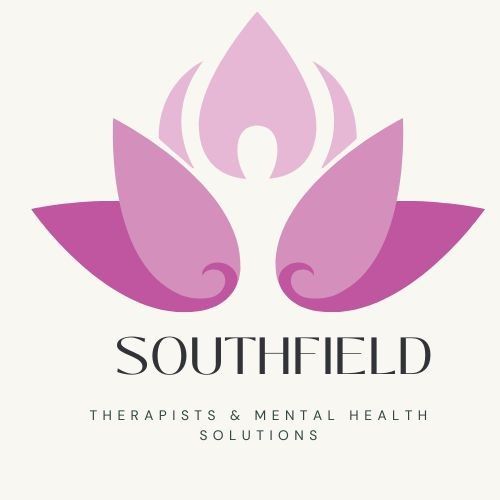How Do I Stop a Panic Attack? Effective Strategies for Relief
Practical Techniques to Regain Control and Find Professional Support

How to Stop a Panic Attack Fast: Step-by-Step
Stopping a panic attack in the moment takes practice. The following evidence-based techniques are widely recommended:
1. Focus on Your Breathing
Breathing exercises are one of the most powerful tools for stopping panic attacks.
- Box Breathing: Inhale for 4 seconds, hold for 4, exhale for 4, hold for 4.
- Diaphragmatic Breathing: Place a hand on your stomach, inhale deeply through your nose, and feel your belly rise.
Slow, controlled breathing reduces hyperventilation and calms your nervous system.
2. Ground Yourself with the 5-4-3-2-1 Technique
Grounding brings your focus back to the present:
- 5 things you can see
- 4 things you can touch
- 3 things you can hear
- 2 things you can smell
- 1 thing you can taste
This method shifts your brain away from racing thoughts and back to your immediate environment.
3. Use Positive Reassurance
Remind yourself:
- “This is not life-threatening.”
- “I have survived panic attacks before.”
- “This will pass in a few minutes.”
Repeating calming affirmations helps retrain your brain’s response.
4. Relax Your Muscles
Progressive muscle relaxation works by tensing and then releasing muscle groups from your toes up to your shoulders. This reduces physical tension and promotes calmness.
5. Engage Your Senses
Try these quick hacks:
- Splash cold water on your face.
- Hold an ice cube.
- Smell calming scents like lavender.
Sensory distractions can help break the panic cycle.
6. Move Your Body
Light movement like walking, stretching, or gentle shaking releases built-up adrenaline and lowers anxiety.
7. Practice Visualization
Close your eyes and imagine a calm, safe place—like a beach or forest. Visualization activates the brain’s relaxation pathways.
Long-Term Management of Panic Attacks
While in-the-moment techniques help stop panic attacks fast, long-term strategies reduce how often they occur.
1. Therapy Options
- Cognitive Behavioral Therapy (CBT): The gold standard for panic disorder. Helps reframe anxious thoughts and reduce avoidance behaviors.
- Exposure Therapy: Gradually teaches you to face triggers in a safe way.
- Mindfulness Therapy: Encourages staying present and reduces catastrophic thinking.
2. Medication Options
Some individuals may benefit from prescribed medications such as SSRIs or anti-anxiety medications. Only a licensed provider can determine this.
3. Lifestyle Adjustments
- Limit caffeine and alcohol
- Exercise regularly
- Maintain a consistent sleep routine
- Practice daily stress management
💡 Reminder: Southfield Therapist and Mental Health Solutions does not provide therapy or prescribe medication. Instead, we connect you with trusted licensed providers in your area who do.
When Should You Seek Professional Help?
Consider reaching out for help if:
- Panic attacks occur frequently
- You live in fear of your next attack
- You avoid activities, places, or people because of panic
- Panic is affecting your work, school, or relationships
Getting the right help can significantly reduce panic frequency and restore quality of life.
FAQs: Panic Attacks
Q1: How long do panic attacks last?
Most panic attacks peak within 10 minutes and subside within 20–30 minutes.
Q2: Can panic attacks cause physical harm?
While panic attacks feel severe, they do not cause lasting damage. However, chronic stress can impact health if untreated.
Q3: What’s the difference between a panic attack and an anxiety attack?
Panic attacks are sudden and intense, while anxiety attacks build gradually with ongoing stress.
Q4: Should I call 911 during a panic attack?
If you are unsure whether it’s panic or a medical emergency, always seek medical care.
Q5: Where can I get help?
At Southfield Therapist and Mental Health Solutions, we are not a clinic. Instead, we provide a referral service to connect you with licensed therapists and mental health professionals in your insurance network.
Final Thoughts
Panic attacks may feel overwhelming, but with the right tools and support, you can take back control. Techniques like breathing exercises, grounding strategies, and mindfulness can stop a panic attack in the moment, while therapy and lifestyle changes can reduce their frequency long term.
At Southfield Therapist and Mental Health Solutions, our mission is to make it easier for you to find the right mental health provider. We are not a mental health clinic, but a referral service dedicated to connecting you with qualified professionals who understand panic attacks and anxiety disorders.
You don’t have to face panic attacks alone—help is available, and recovery is possible.
